Foundation Year
The English curriculum is built around the three interrelated strands of language, literature and literacy. Teaching and learning programs should balance and integrate all three strands. Together, the three strands focus on developing students' knowledge, understanding and skills in listening, reading, viewing, speaking, writing and creating. Learning in English builds on concepts, skills and processes developed in earlier years, and teachers will develop and strengthen these as needed.
In the Foundation year, students communicate with peers, teachers, known adults and students from other classes.
Students engage with a variety of texts for enjoyment. They listen to, read and view spoken, written and multimodal texts in which the primary purpose is to entertain, as well as some texts designed to inform. These include traditional oral texts, picture books, various types of stories, rhyming verse, poetry, non-fiction, film, multimodal texts and dramatic performances. They participate in shared reading, viewing and storytelling using a range of literary texts, and recognise the entertaining nature of literature.
The range of literary texts for Foundation to Year 10 comprises Australian literature, including the oral narrative traditions of Aboriginal and Torres Strait Islander Peoples, as well as the contemporary literature of these two cultural groups, and classic and contemporary world literature, including texts from and about Asia. Literary texts that support and extend Foundation students as beginner readers include decodable and predictable texts that range from caption books to books with one or more sentences per page. These texts involve straightforward sequences of events and everyday happenings with recognisable, realistic or imaginary characters. Informative texts present a small amount of new content about familiar topics of interest; a small range of language features, including simple and compound sentences; mostly familiar vocabulary, known, high-frequency words and single-syllable words that can be decoded phonically, and illustrations that strongly support the printed text.
Students create a range of imaginative, informative and persuasive texts including pictorial representations, short statements, performances, recounts and poetry.
(source: www.australiancurriculum.edu.au)
Achievement Standard
Receptive modes (listening, reading and viewing)
By the end of the Foundation year, students use predicting and questioning strategies to make meaning from texts. They recall one or two events from texts with familiar topics. They understand that there are different types of texts and that these can have similar characteristics. They identify connections between texts and their personal experience.
They read short, decodable and predictable texts with familiar vocabulary and supportive images, drawing on their developing knowledge of concepts of print, sounds and letters and decoding and self-monitoring strategies. They recognise the letters of the English alphabet, in upper and lower case and know and use the most common sounds represented by most letters. They read high-frequency words and blend sounds orally to read consonant-vowel-consonant words. They use appropriate interaction skills to listen and respond to others in a familiar environment. They listen for rhyme, letter patterns and sounds in words.
Productive modes (speaking, writing and creating)
Students understand that their texts can reflect their own experiences. They identify and describe likes and dislikes about familiar texts, objects, characters and events.
In informal group and whole class settings, students communicate clearly. They retell events and experiences with peers and known adults. They identify and use rhyme, and orally blend and segment sounds in words. When writing, students use familiar words and phrases and images to convey ideas. Their writing shows evidence of letter and sound knowledge, beginning writing behaviours and experimentation with capital letters and full stops. They correctly form known upper- and lower-case letters.
(source: www.australiancurriculum.edu.au)
- Plus Plan
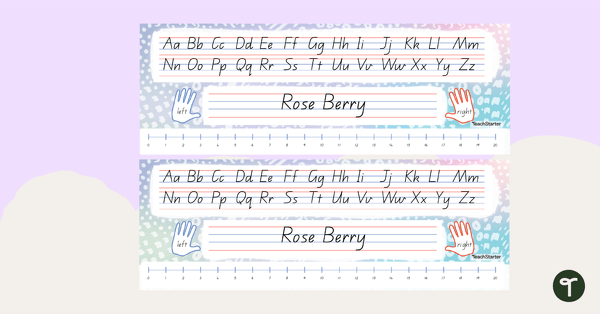
Calming Pastel Themed Editable Desk Name Plates
Create calming student name plates with these Calming Pastel inspired customisable desk name plates.
- Free Plan
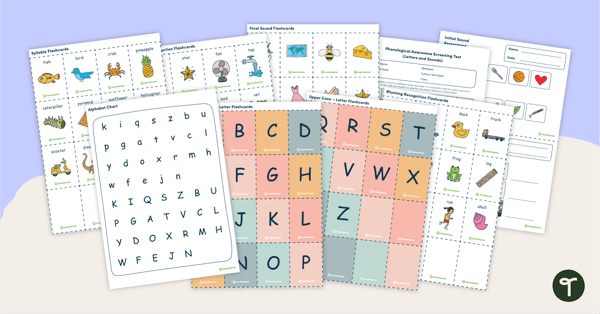
Phonological Awareness Diagnostic Tool
Basic diagnostic tool to test your students' phonological awareness.
- Free Plan
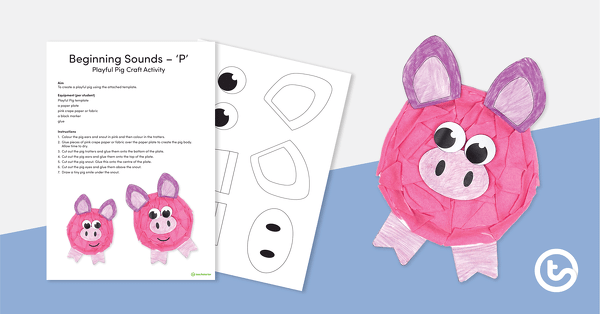
Beginning Sound Craft – P – Playful Pig
An initial sounds activity to introduce the sound 'p'.
- Free Plan
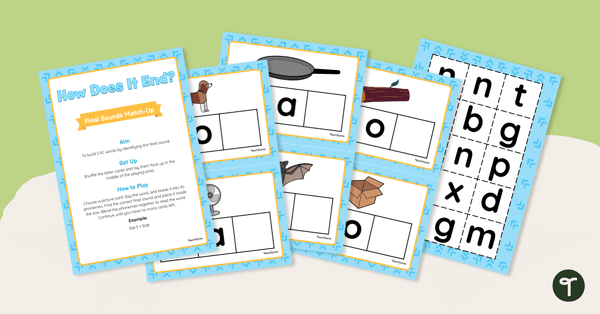
How Does It End? – Final Sounds Match-Up Activity
Consolidate your students' understanding of end sounds with this set of 15 task cards.
- Plus Plan
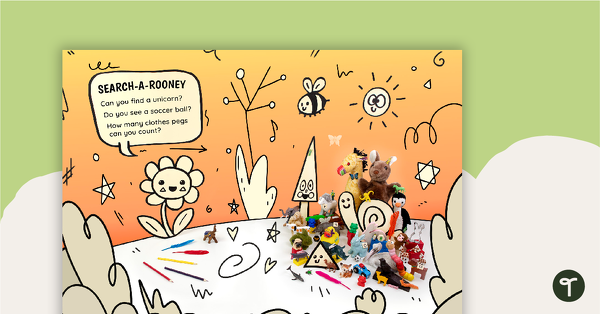
Search-a-Rooney 2 – Comprehension Worksheet
A comprehension worksheet for a image stimulus poster where students need to locate objects and characters.
- Plus Plan
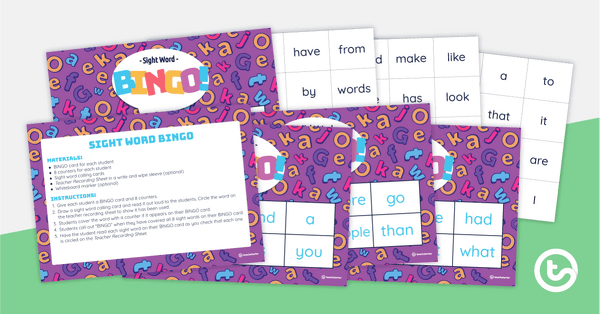
Sight Word BINGO (Fry Word List)
A set of 25 BINGO cards to practise reading the first 100 words on the Fry Sight Word List.
- Free Plan
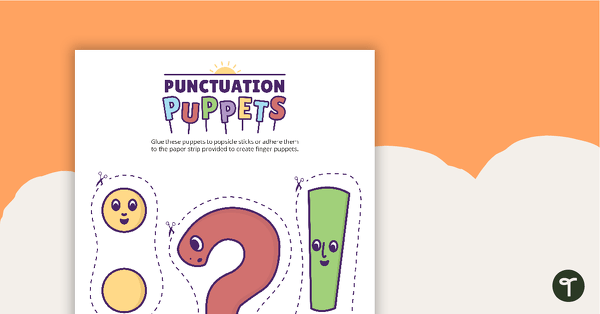
Punctuation Puppets
A range of different punctuation characters that can be cut out and used as puppets.
- Plus Plan

CVC Words – Playdough Mats
45 pages of three-letter consonant-vowel-consonant words for students to practise writing and forming in playdough.
- Plus Plan

Desk Plate Alphabet and Number Line - No Name - 0-30 - Swirls - Mixed Colours
Desk Plates with the alphabet and 0-30 number line.
- Free Plan
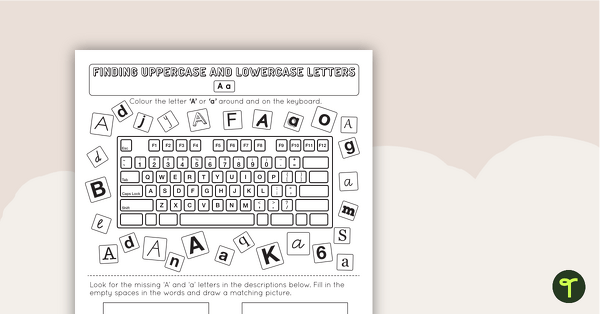
Recognising Uppercase and Lowercase Letters on a Keyboard Worksheet
A 26 page collection of worksheets (1 for each letter of the alphabet) to help students recognise uppercase and lowercase letters on a keyboard.
- Plus Plan
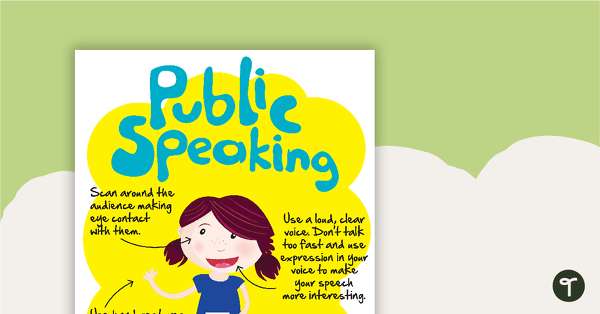
Public Speaking Poster
A poster giving tips on how to deliver an effective speech.
- Plus Plan
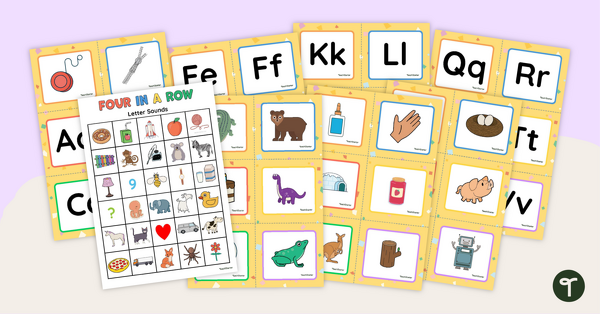
Letter Sounds Games - Four in a Row
Practise applying letter-sound correspondence with 26 picture cards, 26 letter cards, and a beginning letter sounds picture game board.
- Plus Plan
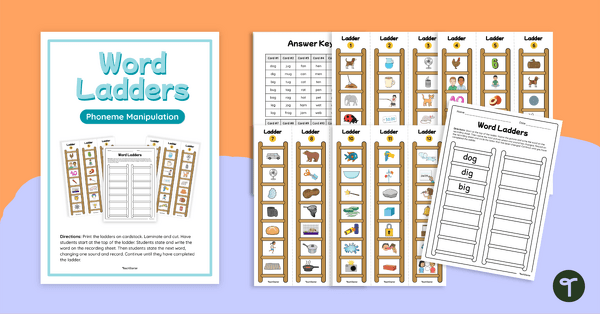
Sound Manipulation Word Ladder Activity
Develop your students' phonological awareness with this phoneme substitution word ladder activity.
- Plus Plan
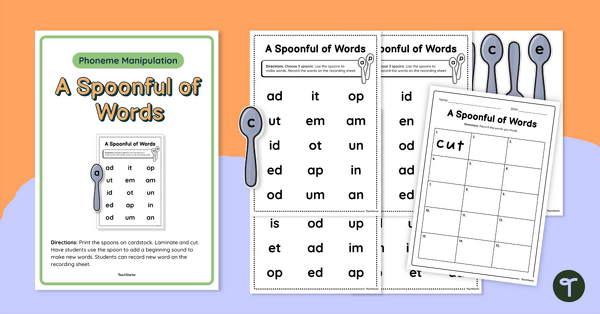
Manipulating Phonemes Activity
Help students practise manipulating phonemes with this manipulating phonemes activity - a spoonful of fun!
- Plus Plan
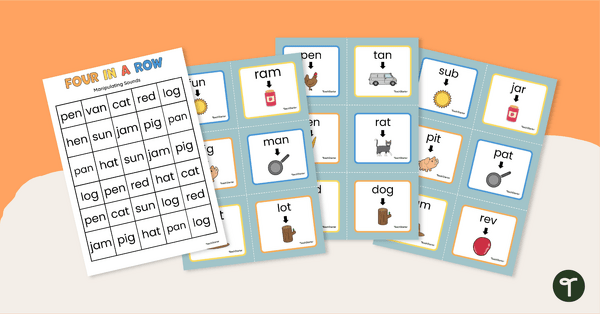
Manipulating Sounds Four in a Row Game
Explore phoneme manipulation with your students by creating new words by changing phonemes with this phoneme manipulation game.
- Plus Plan
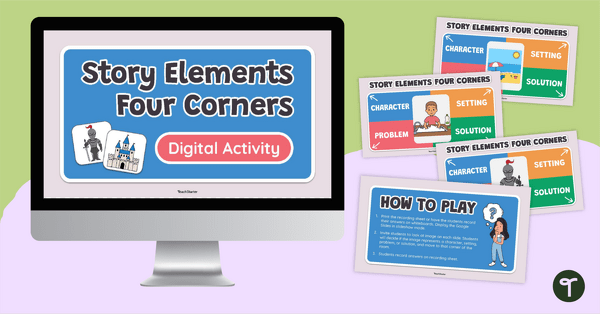
Story Elements Four Corners
Engage your students in exploring key story elements with this Four Corners activity!
- Plus Plan
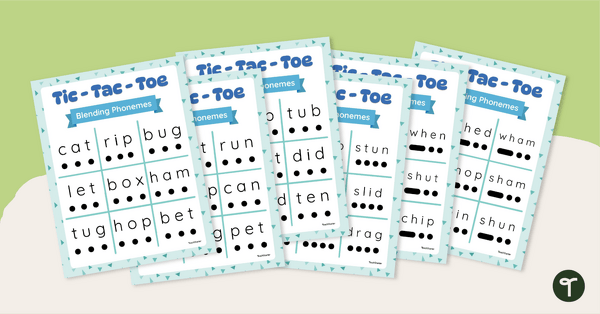
Tic-Tac-Toe Blending Phonemes Game
Develop your students' blending phonemes in CVC and CCVC words with a set of 10 Tic-Tac-Toe board games.
- Plus Plan
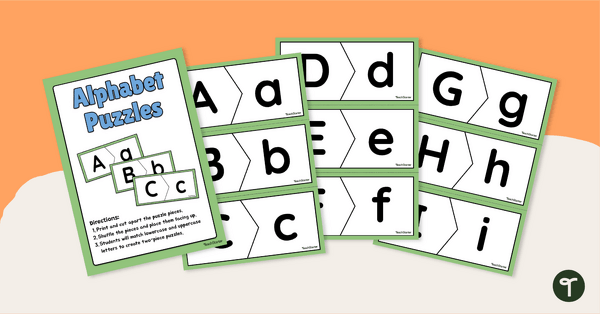
Alphabet Puzzle Uppercase and Lowercase Activity
Use this hands-on matching activity to support students' recognition of lowercase and uppercase letters.
- Plus Plan
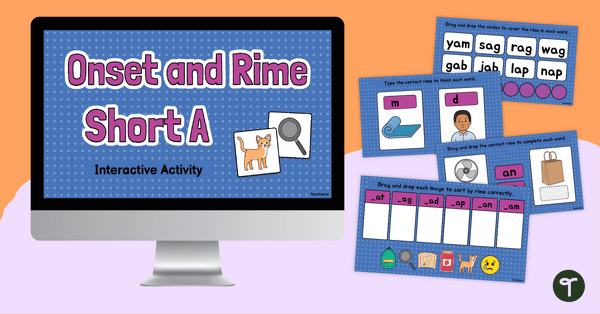
Onset and Rime Short A Interactive Activity
Practise onset and rime words that contain the short a vowel sound with this interactive activity for the early years classroom.
- Plus Plan
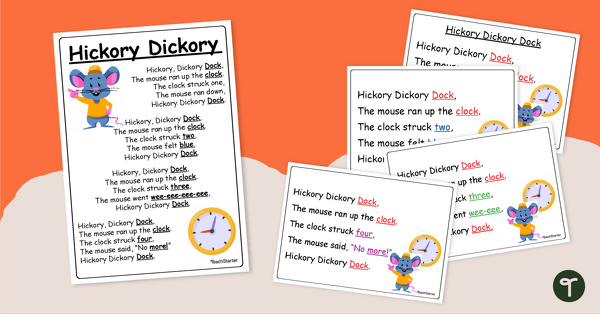
Hickory Dickory Dock – Nursery Rhyme Poster
Use this “Hickory Dickory Dock” nursery rhyme poster to teach your youngest students about rhyme, rhythm and counting.
- Plus Plan
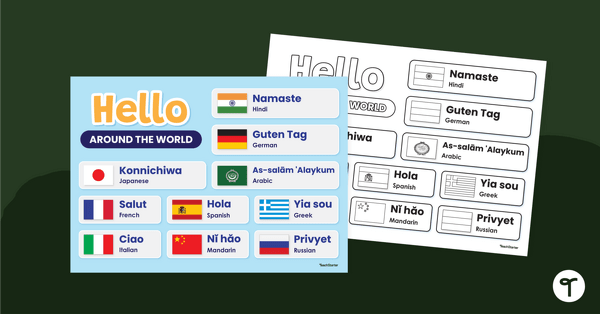
Hello Around The World Poster
This poster features 'hello' in ten different languages other than English.
- Plus Plan
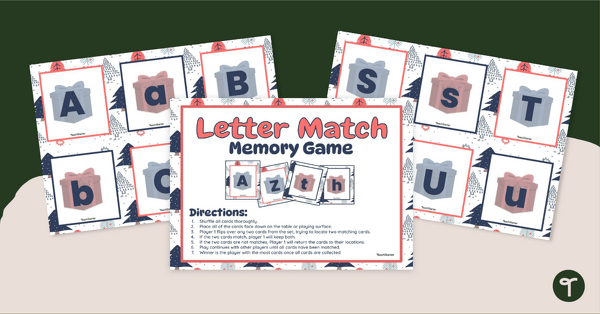
Christmas Game - Upper and Lowercase Letter Recognition
Build letter recognition skills and add Christmas spirit to your literacy centres with a Letter Matching Christmas Game.
- Plus Plan
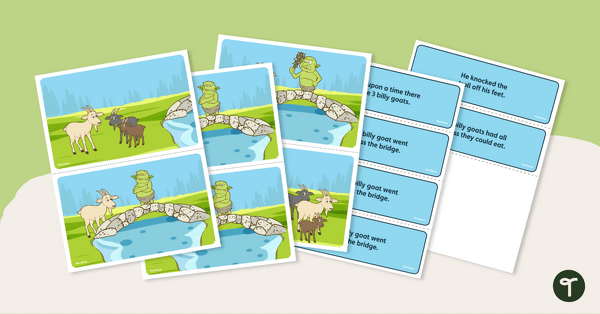
3 Billy Goats Gruff Retelling Activity Cards
Teach your students about retelling with this set of sequencing cards for 3 Billy Goats Gruff.
- Plus Plan
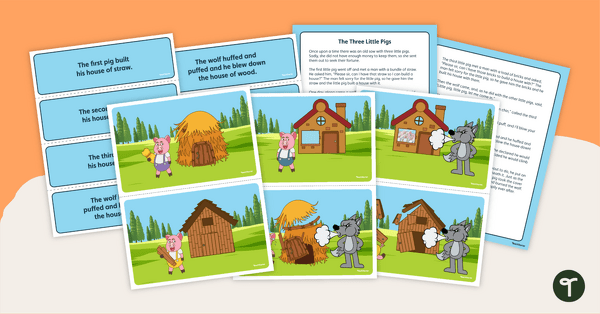
Three Little Pigs Retelling Activity Cards
Teach your students about retelling with this set of sequencing cards for The Three Little Pigs.
- Plus Plan

Who Is the Main Character? Worksheets
Practise identifying the main characters in nursery rhymes with this set of worksheets for young learners.
- Plus Plan
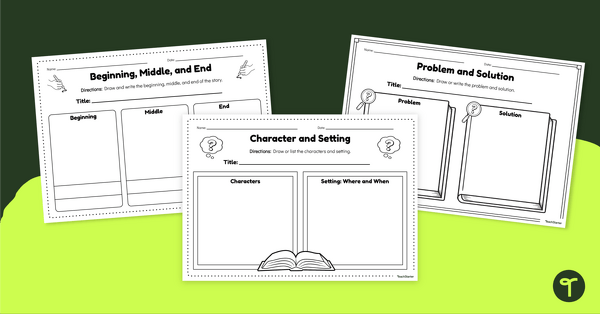
Narrative Elements Graphic Organisers – Landscape
Encourage your students to write and draw about various story elements with this set of differentiated graphic organisers.
- Plus Plan
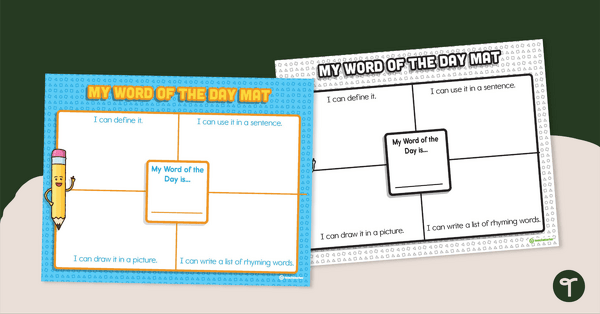
My Word of the Day Mat
A fun worksheet to use in the classroom when building vocabulary.
- Plus Plan
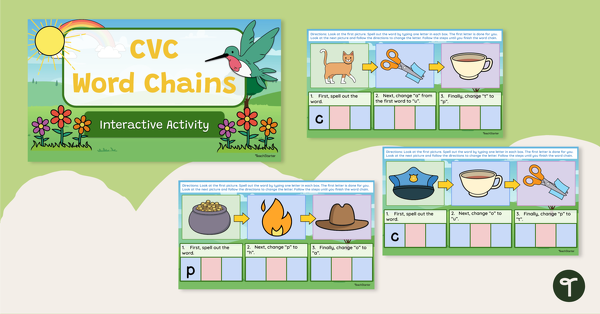
CVC Word Chains- Interactive Activity
Practise spelling CVC words and manipulating their phonemes to create word chains with this digital resource.
- Plus Plan
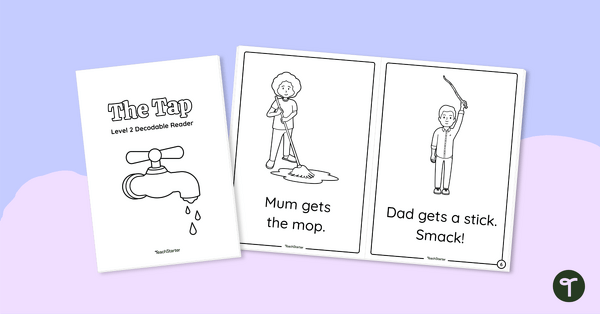
The Tap - Decodable Reader (Level 2)
Develop confident, successful readers with this phonics-based, printable decodable book.
- Plus Plan
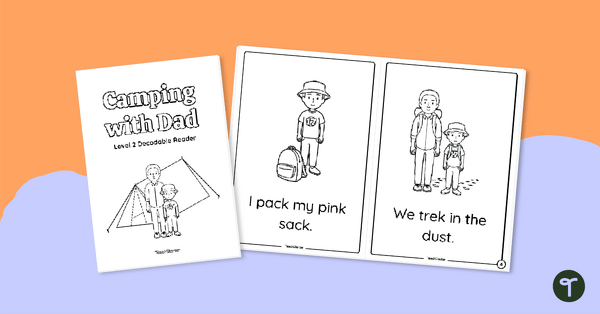
Camping with Dad - Decodable Reader (Level 2)
Develop confident, successful readers with this phonics-based, printable decodable book.
- Plus Plan
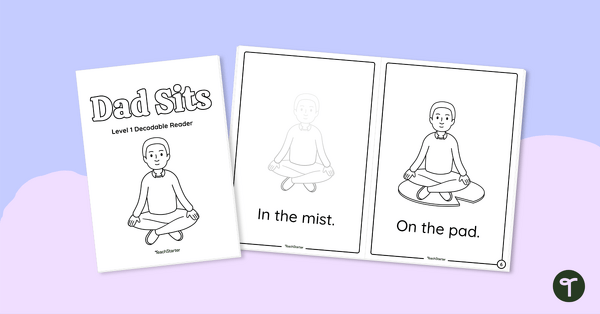
Dad Sits - Decodable Reader (Level 1)
Develop confident, successful readers with this phonics-based, printable decodable book.
- Plus Plan
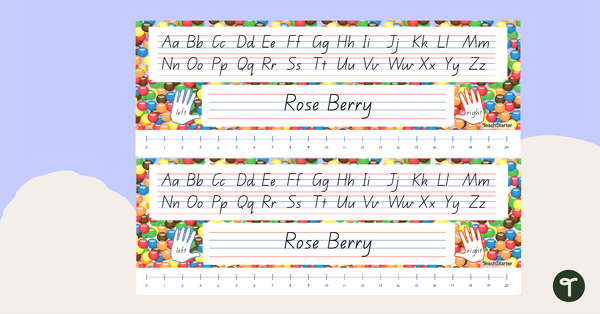
Chocolate Buttons-Themed Desk Name Plates
Make custom name plates for your students with these affirmations-themed desk name plates.